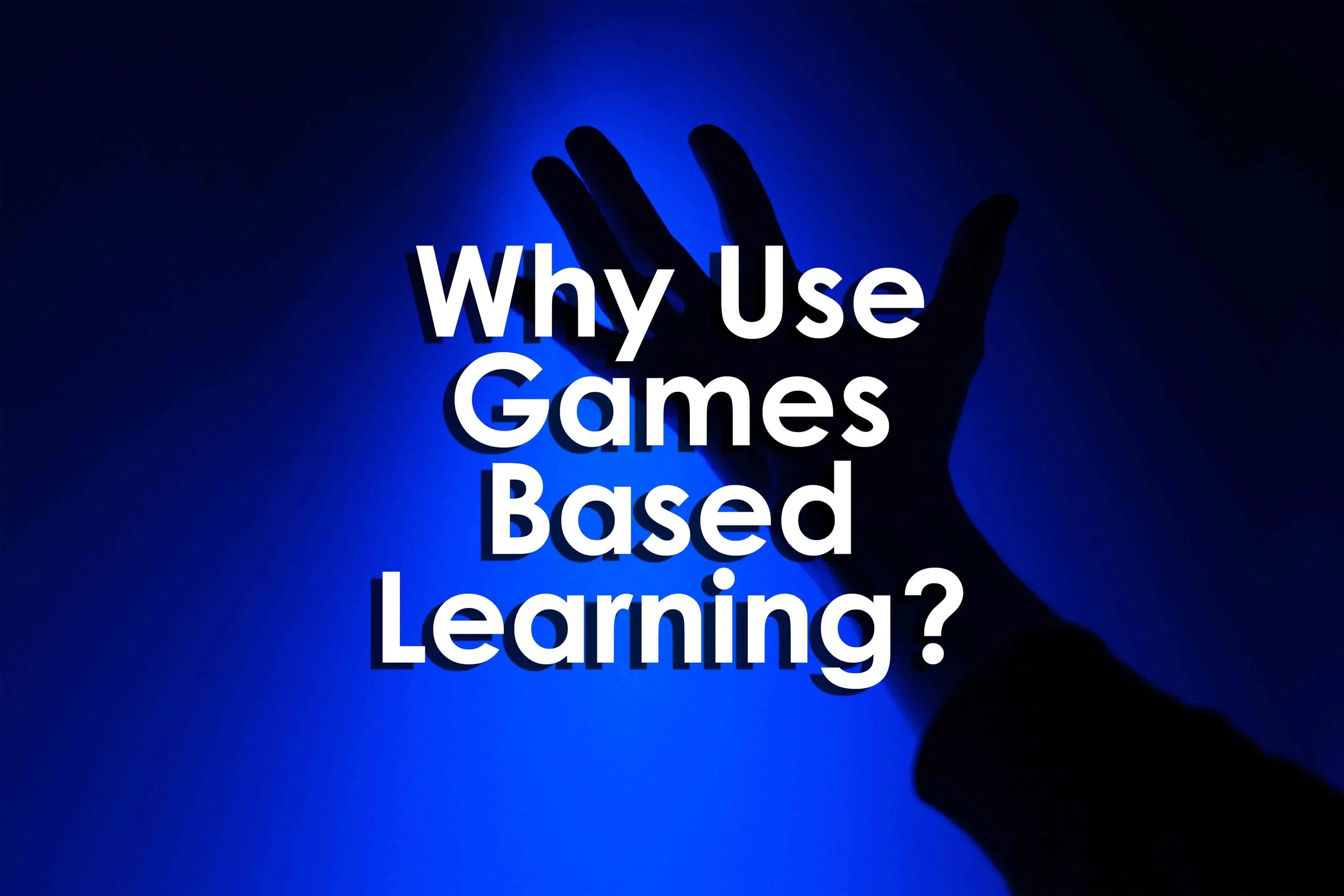Why Use Games-Based Learning?
Why Use Games-Based Learning?
Why Use Games-Based Learning?
Games are truly a powerful medium. They engage us and shape us. We play them, and in turn, they help inform how we interpret our own experiences.
Games-based learning seeks to utilize all of these things. Game mechanics can engage users and help them solve problems. Although in games, those problems are contrived challenges.
These challenges are structures that designers have added for players to succeed against.
However, as gamers, designers, and educators, we can take away some lessons from games to help inform how we teach and learn.
Games structured to learn
Games are already setup in a relatively simple way. They help us attain certain rewards after completing challenges. In turn, those challenges become more complicated and demanding as the game goes on. This is how a game scales in difficulty as our engagement with them increases.
Great games are able to scale their difficulty in ways that constantly push and challenge us. We are right at the very edge of our potential. This engages players in a “flow-state” where our skills and abilities are used to meaningfully progress through challenging scenarios. But not so challenging that we lose hope and agency.
Really, a well-designed game (like a class) gives players and students a structure and meaning to work towards an end. That end could be an item (think Master Sword). It could also be a grade.
But if we work hard enough, if we think hard enough as educators and learners, then we can design and extract more meaning from our games based educational experiences.
Is the Master Sword really a reward? Or is it a tool that helps Link accomplish more? Is a grade the final outcome for a class? Or can you consider the experience from the final project you completed to earn it the real outcome?
Games-based learning in practice
That is where games-based learning comes into play. Using games to achieve those goals utilizes them in a new and transformative light. Yes, games can be used to delight, entertain, and amaze. But, they also contain the structures to help students and gamers learn through experience.
Games are transparent in their feedback. Players receive what they need to know to accomplish goals. Rewards come from engaging in play. Feedback is provided dynamically as the game state is changed.
This is often vastly different from what happens in the classroom. But it doesn’t have to be.
Grades are a way of providing student feedback. But they often come too late, with little opportunity for a student to make meaningful changes that affect their progress
Educators can address this by scaffolding and structuring their class to help students achieve smaller and more achievable goals. Goals created in alignment with the learning outcomes for the class, subject, and school, make the creation of these all the more meaningful.
Both teachers and students can rely on the fact that setbacks here are not permanent. Rather, like games, they provide opportunities to re-address the task at hand. This is our indicator that a skill needs to be further developed to achieve mastery.
Agency and alternative paths
A professor’s syllabus is a roadmap. It dictates what a student needs to do it in order to meet the requirements of the class. But most syllabi are written with a formal and procedural tone. They leave little option for alternative paths for student success. This reduces student’s agency.
By structuring learning the same way can design games, we can give players and students more agency. They can earn more control in how they engage, play, succeed, and win.
These “multiple paths to victory” allow students to explore learning in a way that is more meaningful to them. This often entails looking at information from a new point of view. Perhaps from someone that they disagreed with; a position they didn’t understand; or a process that was foreign to them.
A sum of the whole
While there are some great games that can be experienced by yourself, there are many others where socialization and interplay are vital components. The same can be said about classroom learning.
Teamwork and collaboration are often vital for achieving what a group of individuals cannot accomplish on their own.
Games like Pandemic require a group to come together and use their varied character skill sets to accomplish a common goal. This is a system that rewards teamwork and is based on collective goals and objectives that emphasize individual contributions for a common good.
Closing thoughts
Game play, teaching, and learning are often more connected than individuals think they are. Great games are expansive vehicles for experiential learning. Classrooms are incubators for us to create, relate, and develop experiences that better us all.
Games-based learning marries the two concepts in a union that helps us utilize something inside us all: a desire to find meaning in our actions. No matter how small they are.
To learn more about gamification for learning, check out the free course on Gamification Explained.
Dave Eng, EdD
Managing Partner
dave@universityxp.com
www.universityxp.com
References
Digital Pedagogy - A Guide for Librarians, Faculty, and Students: Game Based Learning - Why Do it: Benefits, Challenges. (n.d.). Retrieved April 16, 2019, from https://guides.library.utoronto.ca/c.php?g=448614&p=3505475
Cite this Article
Eng, D. (2019, April 16). Why Use Games-Based Learning? Retrieved MONTH DATE, YEAR, from https://www.universityxp.com/blog/2019/4/16/why-use-games-based-learning
Internal Ref: UXPXW0H11N33

